This is a series where I can write about the cameras that I own. Now I am far from being an “expert”, but I do have a few people ask me what I think about any given camera over the years. This series won’t go into technical details or the nitty-gritty of each unit. Think of it as a non-manual reader’s inane explanation of the camera’s functions, features, usage - basically my experience with it.
What better way to kick this series off than to start with my first instant camera, the Instax Mini LiPlay!
The Instax Mini LiPlay is the first hybrid camera that Instax made for the mini film format. It’s compact and light, perfect for an everyday carry. I got the black and rose gold combination because it looks elegant, and I love the rose gold color. I should also note that what I own is the first version of the LiPlay, still with the microUSB port.
It’s classified as a “hybrid” camera since it’s basically a digital camera with printing capabilities. This means that you don’t need to have a physical copy of the photo that you took if you don’t want it. The LiPlay has built in memory that can store a few photos, but you’ll really need a microSD card to fully maximize the camera. From what I tried, it can take cards of up to 16GB. That’s more than enough memory, to be honest. I guess I have to note here that the cover of the card slot is held by a tiny, flexible piece of plastic so just open it with care so as not to break it.
What can the camera do?
Since it’s a digital camera, you’d have no problems with focusing. No need to fumble with the correct zone focus, no need to measure your distance from your subject. You can get as close as 10cm away from what you’re taking a photo of, and you’d still get a clear shot. The LiPlay also allows you to do the soft press to focus and it will tell you through a red or green square if you’re getting a clear shot of your subject.
And because you can see everything on the LiPlay’s screen, it’s goodbye parallax error and hello perfect framing all the time. I don’t even have to manually move to get close to my subject because the LiPlay has a zoom function — zoom in for tunnel vision, zoom out for the full picture! The autoexposure is also helpful so you can avoid overexposed or underexposed photos, though you can adjust the exposure settings up to -2 and +2 to suit your style.
If you’re used to using any digicam, including a DSLR, you’d have no issues finding all the relevant settings in the LiPlay’s menu. It’s a button that’s marked as “MENU/OK”. By relevant, I just mean the exposure, timer, flash, and the print settings.
Yes, you can disable the flash!!
Yes, you can take a non-selfie photo using a 2s or 10s countdown.
Yes, you can add a date stamp to mimic those old film cameras.
Yes, you can mix and match the settings.
The other buttons are for going back to the previous menu option, play back all the stored photos, and print on demand. When you take a photo, you can either print it immediately or store it for later printing all with the same button. This is especially useful when you’ve run out of film because you tried to convince yourself that three packs is overdoing it. Just saying.
Another feature of the Instax LiPlay are the built-in filters that you can use to add more personality and creativity to your photos. There are a total of six filters: sepia, black and white, stylish, fisheye, vivid, and poster. I seldom use the filters and if I do, it’s mostly just black and white. I guess I’m just not a fan of how much more the photos look digital when I use the filters, so I pretty much avoid them altogether. There’s also no way to adjust the intensity of the filters so you’re stuck with an oversaturated photo if you use the vivid one, for example.

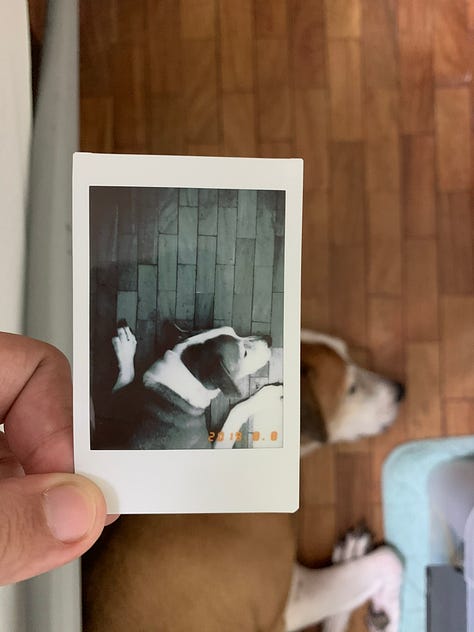
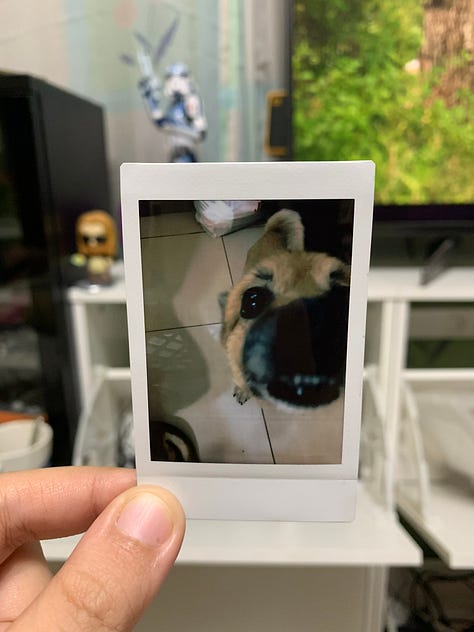
If the filters aren’t enough, there also are built-in frames that you can overlay on your photos. They’re a fun way to add designs to your photos, especially if you’re giving them away to friends and family. You can use set your top three favorite filters as shortcuts using the 1, 2, and 3 buttons found on the side of the LiPlay. If the ones that are on your unit aren’t enough, you can use the app to change them or even upload your own.
Oh yes, there is a dedicated Instax LiPlay app that you can download. The app is crucial because that’s where you can download firmware updates from. Aside from updates, you can also use the app to print photos from your phone or do remote shooting or save printed photos from your LiPlay to your phone’s memory. I can’t really say anything else about the app because I only really use it for the updates and nothing else. One thing though, if you have multiple Instax hybrid cameras and printers, you’re going to have a lot of apps on your phone as each one has a dedicated app. Plus the Instax Up! app that’s for scanning and digital photo albums.
Lastly, the Instax LiPlay’s the only one with the record sound function it it. That large button on the front of the camera with the microphone icon? Press that and you can record sound for a maximum of 10 seconds, and it prints a QR code on your photo that when scanned, plays the sound. Have I tried it? Of course not. I do know, however, that the sounds are stored in Fujifilm’s own servers where they can be accessed for two years…then they get deleted. I don’t see the point in that function to be honest.
Overall thoughts?
I like the Instax LiPlay. I mean, I used it for two whole years before I got my first analog Instax camera, so I didn’t have a choice, but I really did like it. The LiPlay was crucial for me when I was just getting started with instant photography and just wanted an Instax without wasting film. I was able to see the photos I took before I printed them, my family had the option to quickly redo shots they didn’t like without having to wait for the photo to develop (in 90 seconds!!) and miss the moment.
I also liked how it didn’t matter if I forgot to bring film or even the camera itself because I can just print all the photos I wanted retroactively. The camera’s battery dying was never an issue either.
The LiPlay’s output is also on the darker (underexposed) side. This is an issue if you wanted your photos bright because then, you’d always have to remember to adjust the exposure settings which reset every time you turn the camera off. There’s also no option to edit it after you take it so it’s something to keep in mind.
Usability is good, even for beginners and it’s easiest if you’ve tried digital cameras before. The camera is easy to setup and the settings menu is simple to follow and adjust. With the release of the Mini Evo, the LiPlay isn’t getting the attention it deserves, but with the lower price point, it’s definitely worth considering if you’re after a hybrid instant camera. (I did a comparison of the two but that’s a topic for another day.)
What’s your experience with the Mini LiPlay or would you consider getting the new version of it?






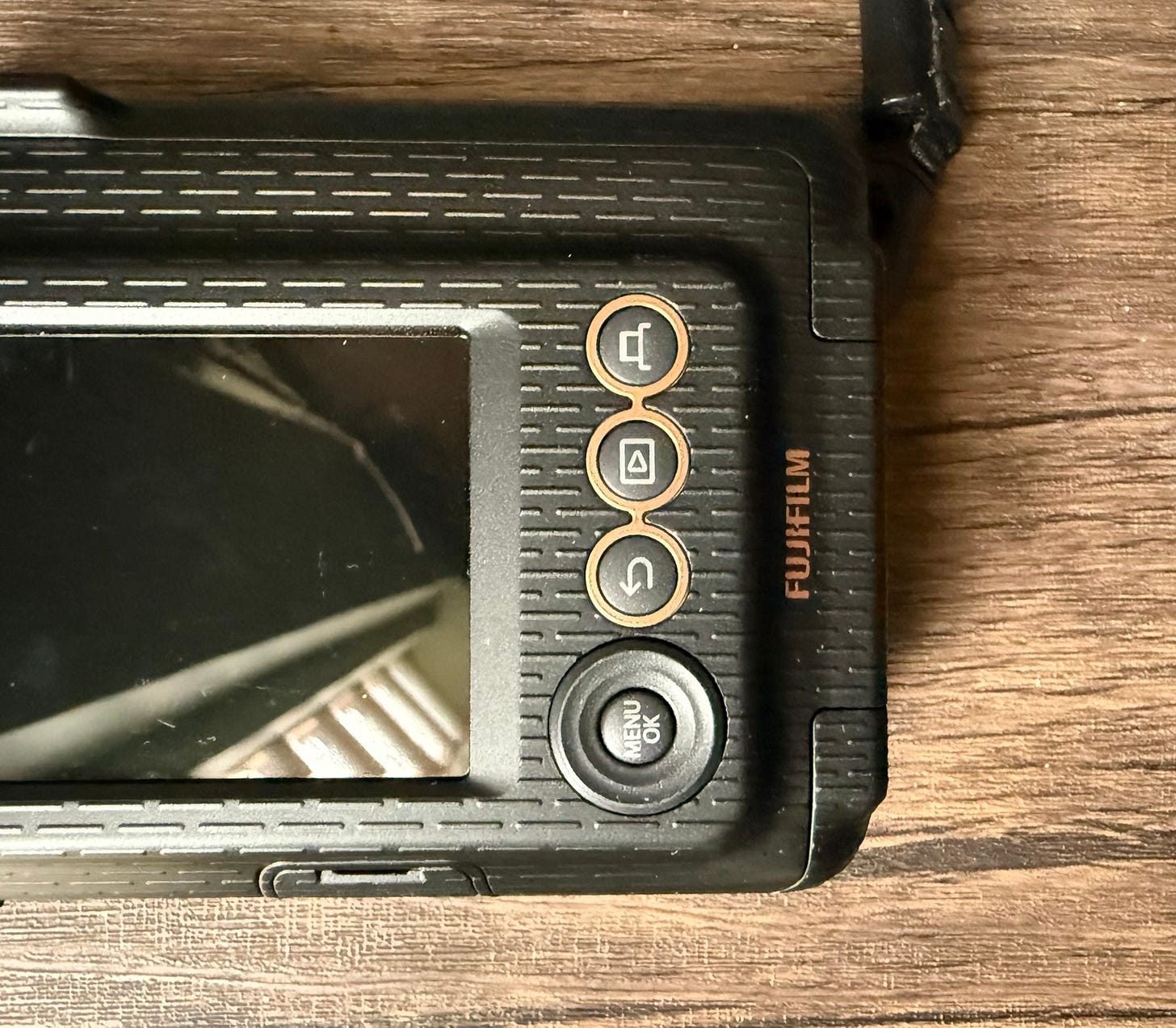
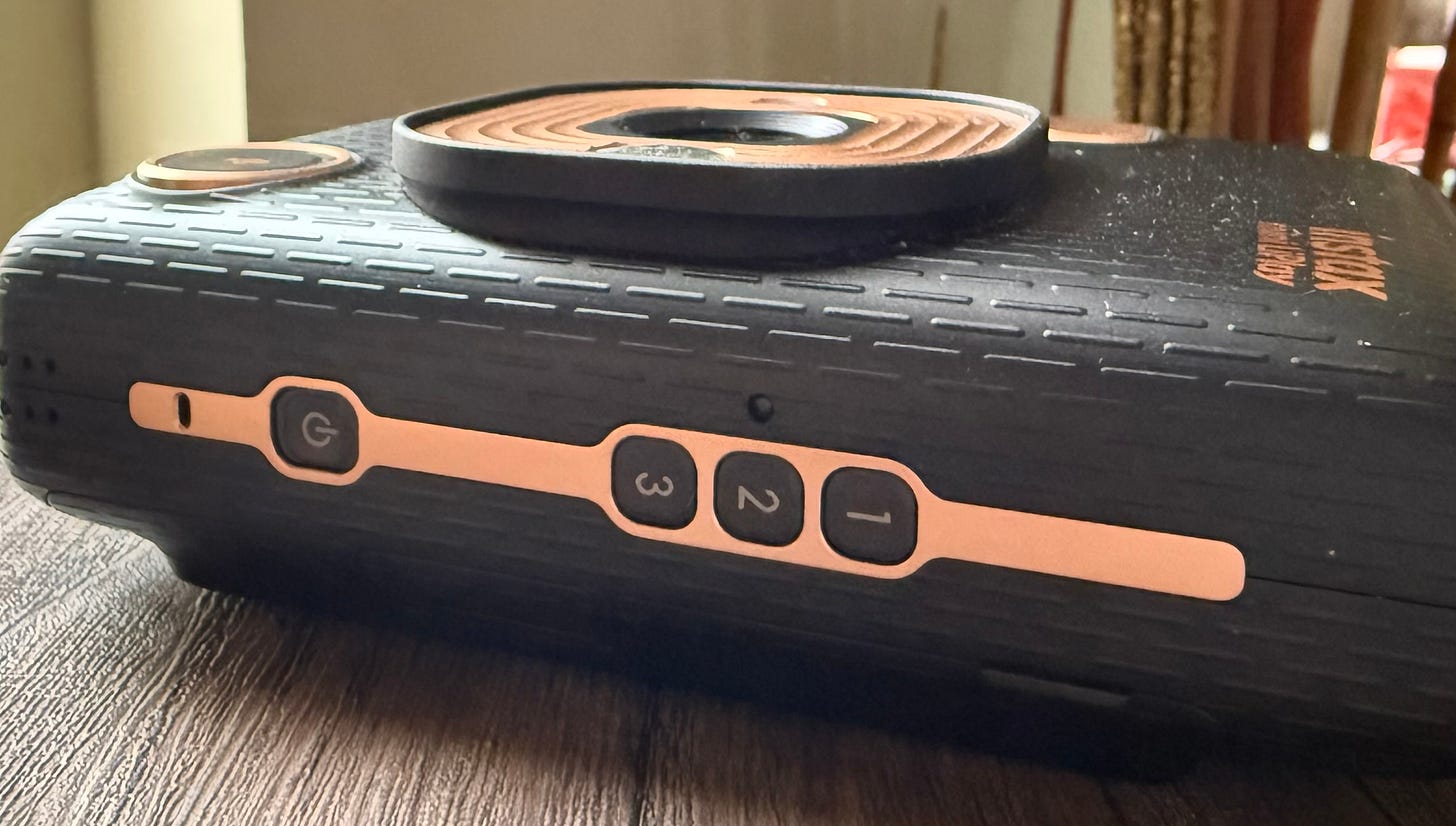
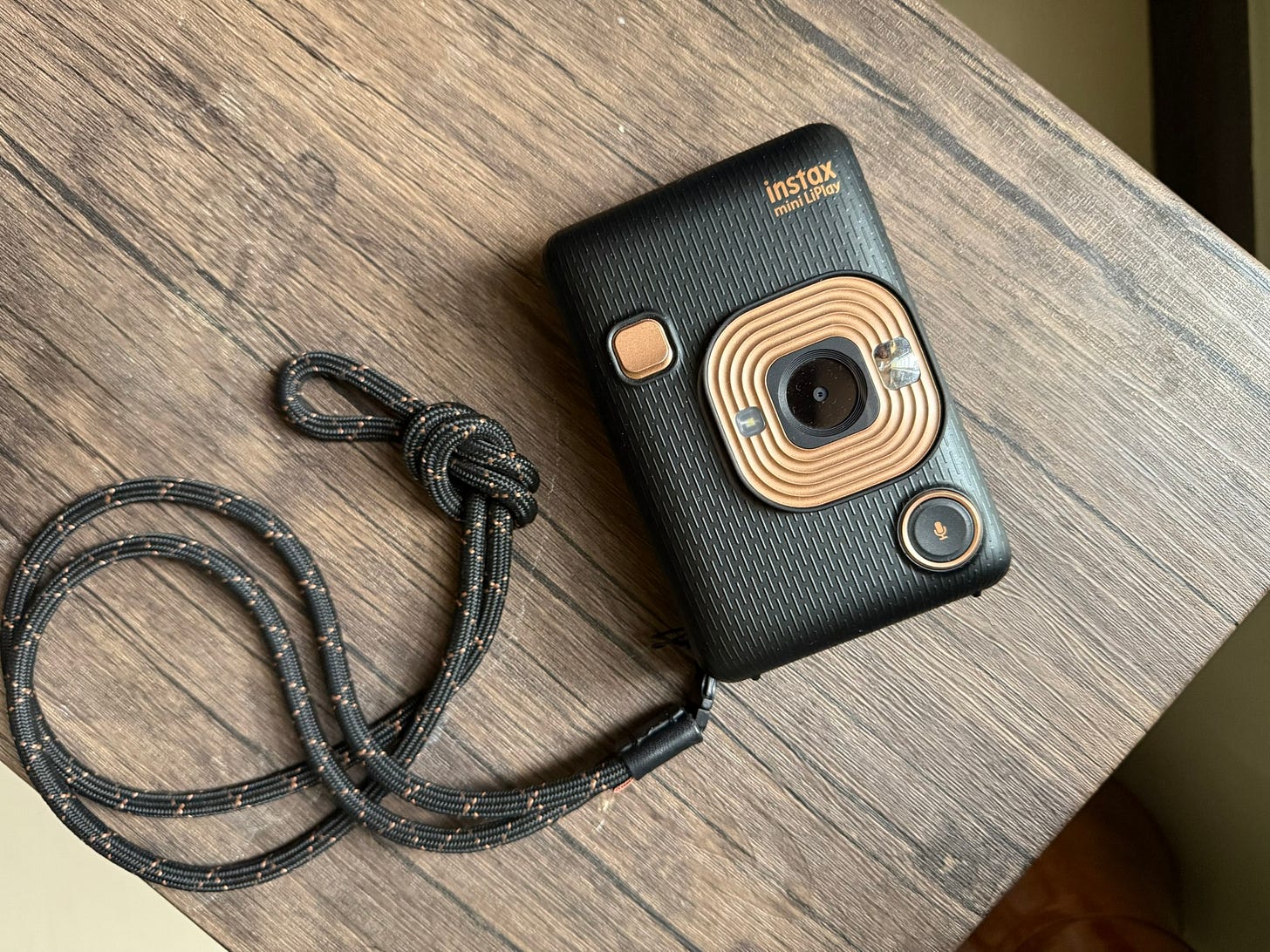
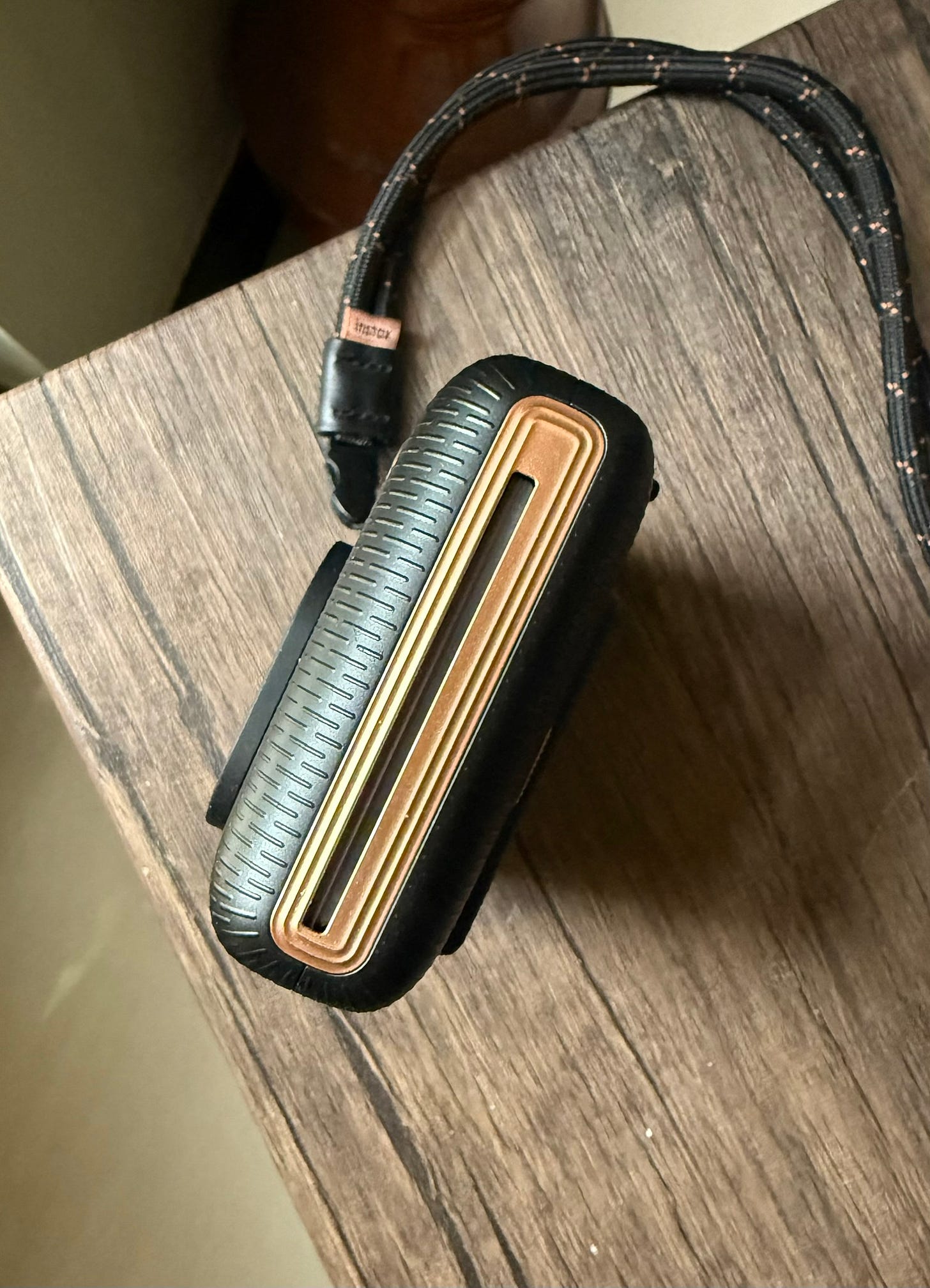
This seems like the perfect beginner instant camera! I never knew how feature packed the camera is! Would you say it’s young teenager friendly?